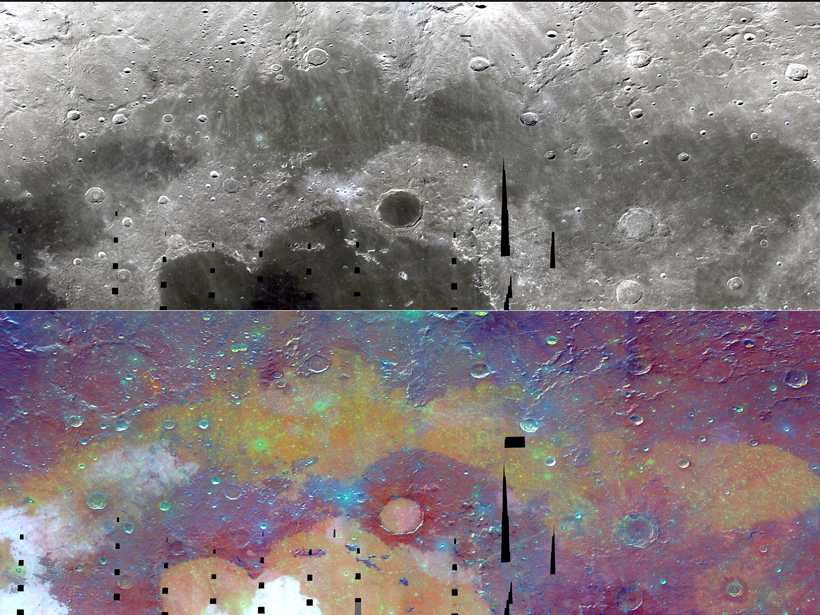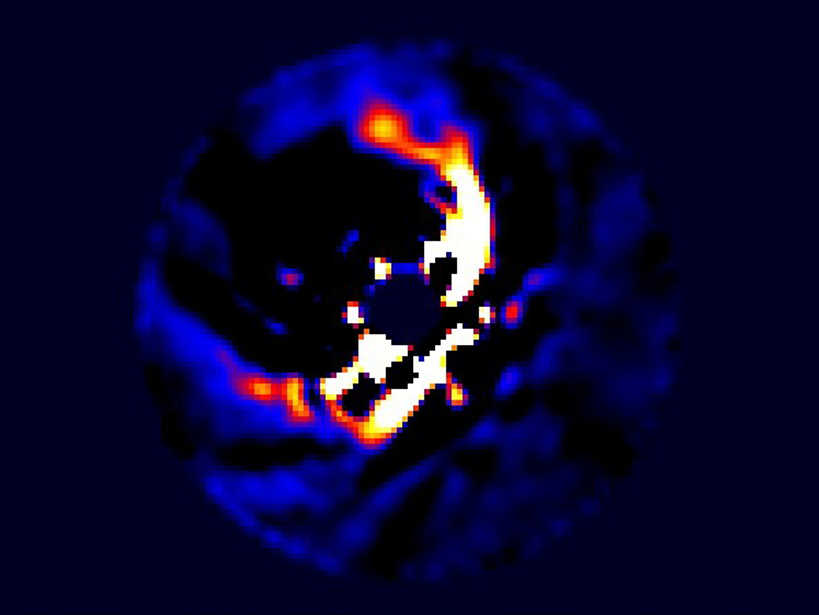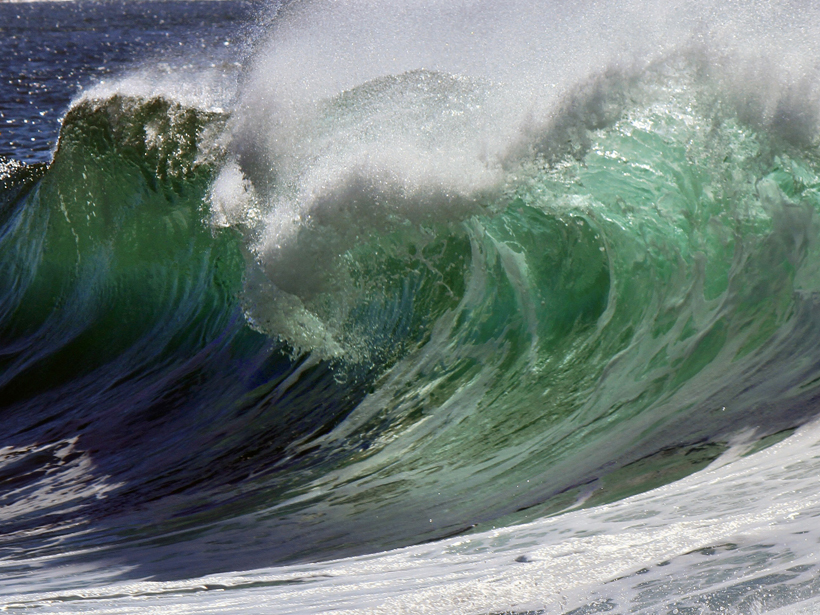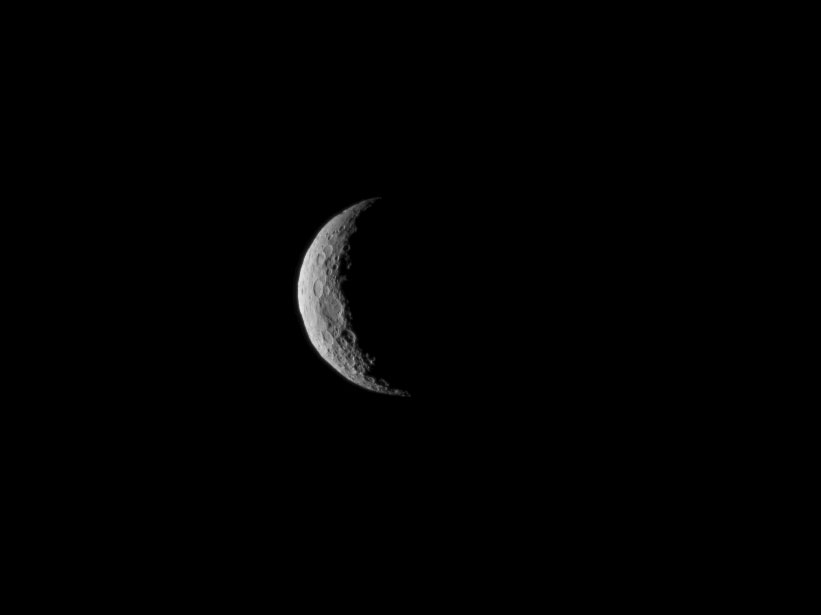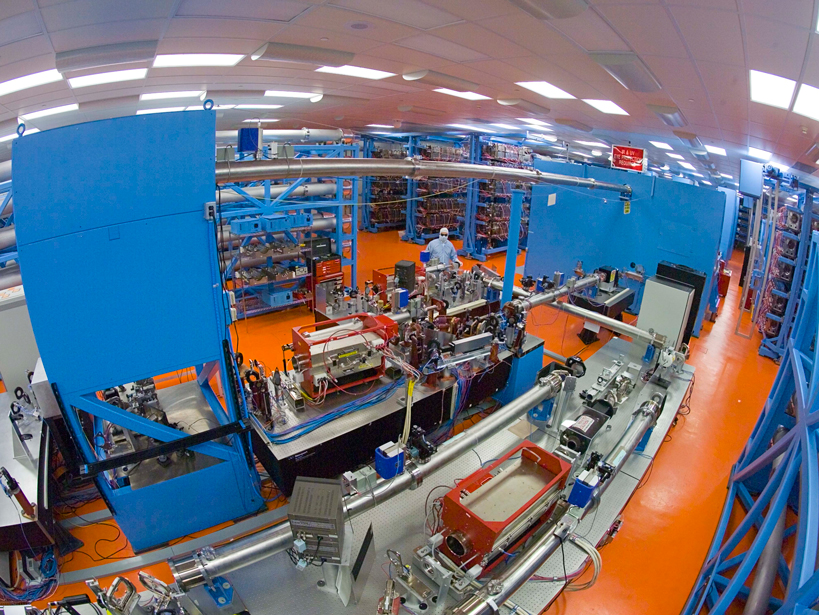The processes that formed the infant Earth set the stage for its subsequent evolution into the dynamic and habitable planet we know today.
planetary evolution
Satellites Reveal the History of the Moon's "Frigid Sea"
The history of aluminum-rich basalts in Mare Frigoris may help scientists better understand the evolution of the lunar mantle.
World Without Time
On New Year's Day 2019, a spacecraft known for its historic flyby of Pluto will take an unprecedented look into the distant past by flying right up to a frozen remnant of the original solar system.
Exoplanets: First Baby Pictures Unveiled
New observations of stars hundreds of light-years from Earth reveal evidence of planets still surrounded by disks of the primordial materials they grow from.
Earth's Water Came from Space Dust During Planetary Formation
A new analysis of lava from the deep mantle indicates that water-soaked dust particles, rather than a barrage of icy comets, asteroids, or other bodies, delivered water to the newly forming Earth.
Dawn Spacecraft Enters into Orbit Around Dwarf Planet Ceres
A 16-month investigation of the dwarf planet Ceres could reveal a lot about the most massive body in the asteroid belt and could advance our understanding of the formation of terrestrial planets.
"Knobby Terrain" a Sign of Mars's Explosive Past
Newly identified knobby terrain related to ancient volcanoes on Mars hint that pyroclastic ash and rock flowed down slopes early in the red planet's history.
Tiny Mineral Grains Could Drive Plate Tectonics
Scientists turn to granular scales to explain how plate tectonics may have evolved billions of years ago.
Probing Exoplanet Interiors Through Lab Simulations
Laser-driven experiments on silica help scientists learn more about planetary formation and evolution.
Tectonic Events May Have Triggered the Cambrian Explosion
A researcher proposes a tectonic mechanism that could have helped drive one of the biggest evolutionary events in history: the Cambrian Explosion.


